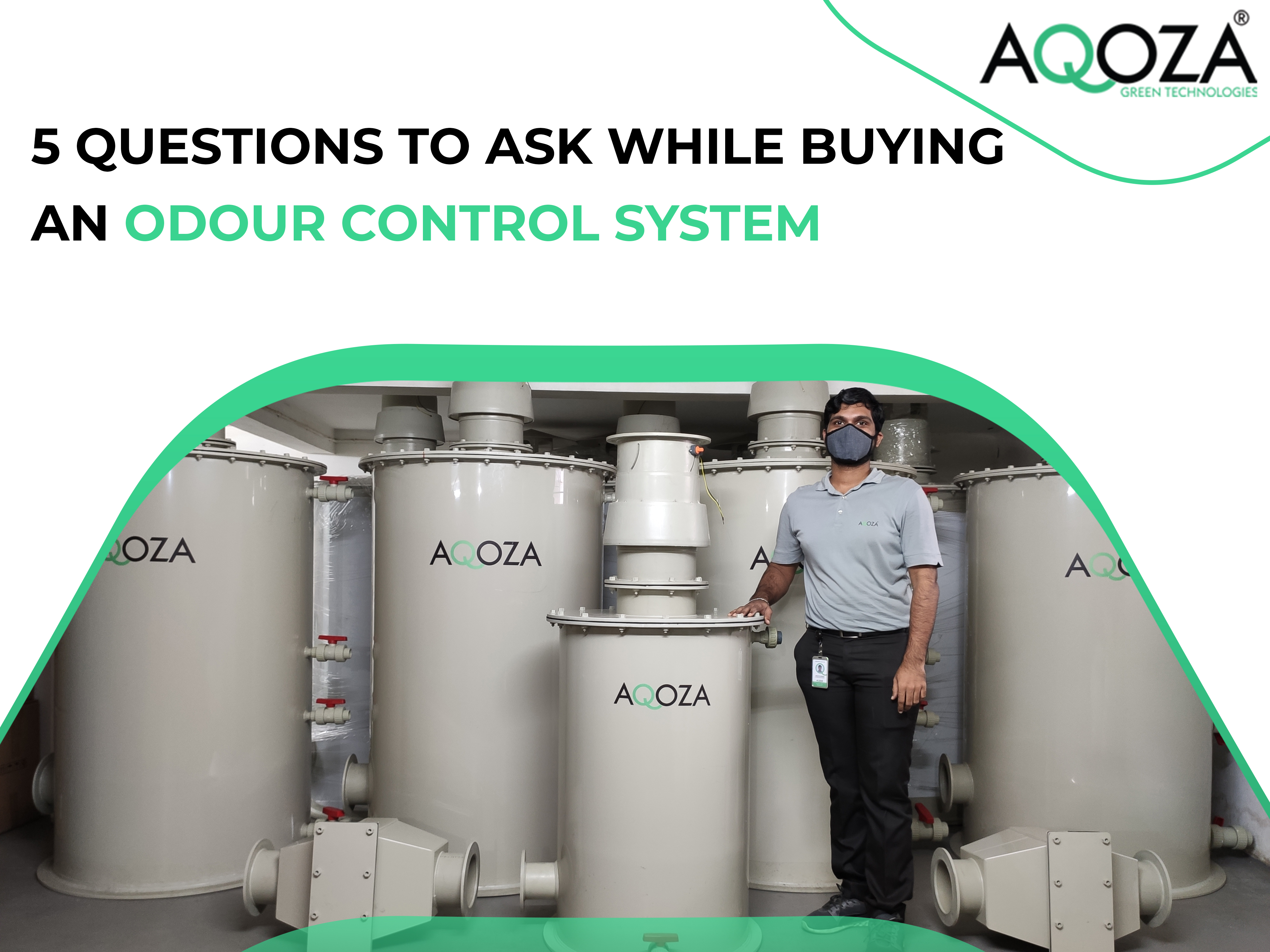According to the UNWTO, around 54 million international tourists traveled around the world in the last year. With travel and tourism blooming even during the pandemic the chances of reputations of hotels being hindered by the quality of accommodation provided to the international guests are the same as those provided to the domestic guests. While many may think the on-site facilities like food and beverage, meeting and conference services and facilities, fitness centre, and business centre will upscale the status of hotels, all this being offered in a malodorous environment will gain a status of notoriety which can further damage the reputation of a hotel.
To prevent this eventual corrosion, firstly it’s important to understand how and why it happens?
The machinery that is employed in industries is generally made up of metals, these metals when comes in contact with water present as moisture and the oxygen present in the atmosphere undergoes a spontaneous chemical reaction producing the oxide of that metal which is what we call rust, this rust comes off from the surfaces as flakes of crumbling solids eventually eating away all of the metal. This process is further catalysed by impurities like acidic gases present in the air surrounding the machinery. In industries where even slight air-borne contaminants can incur extreme losses, it’s important to employ corrosion control methods at this micro level. Because it takes little corrosion to impact some of the micro-miniature devices that are used in electronic applications. So that the performance of machines remains improved and stable.

While variety of methods are available to treat corrosive elements at the macrolevel like coatings, oiling, passivation etc., there’s need for employing corrosion control methods at the microlevel too. There is strong requirement for some corrosion protection filtration processes under corrosion control units that are designed to remove corrosion gases and protect the sensitive equipment like, electronics, data centre equipment, room equipment, switch gears and more in the list from manufacturing industries.
While estimating the air volume of the process tanks, if it is a fixed water level tank, free board air volume shall be considered; if it is fluctuating water level, it is advised to consider the air volume from the lowest water level.
Air exchange factors are very critical in designing the odour control system capacity and which impacts the size and efficiency of the odour removal. Most of the regional municipalities have made a clear guidance on the air exchange factors to be considered while estimating the odour control system capacities.
Typically, for inlet works, air exchange factors considered in the range of 12-15 of the volume of the air. And for the sludge treatment facility, it will be 6-12 of the volume of the air, it depends on the ventilated room, aerated tanks, etc.
Based on these, process engineer can reach out to preliminary capacity of the Odour control system, that can be verified by legitimate odour control system manufacturers.
For better clarity, you can always reach to odour control specialist at AQOZA. Seek all the reliable and experienced odour control services here because we aspire to be the market leader of next generation end-to-end odour control management.
What’s the solution to these Odour problems?
It is always best to address the root cause of the odour problem. Odorous gases are released from two areas of the STP, one at the inlet, where the screening and collection tanks are located and the other at the sludge treatment facility.
Typically, these areas are in enclosed spaces, to limit the access for people. The odour causing gases can be extracted from these areas and then be passed through an odour control unit which is specifically designed for Wastewater treatment plant Odour Control. The air volume will be even less than 10% compared to that which was initially vented out through the rooftop using a fresh air intake and exhaust fan.
This attempt not only reduces odour but also reduces a huge electricity consumption compared to the earlier technique. These odorous gases can also cause corrosion to a huge extent and by removing them, the durability of electronic and electrical equipment in the facility improves.







